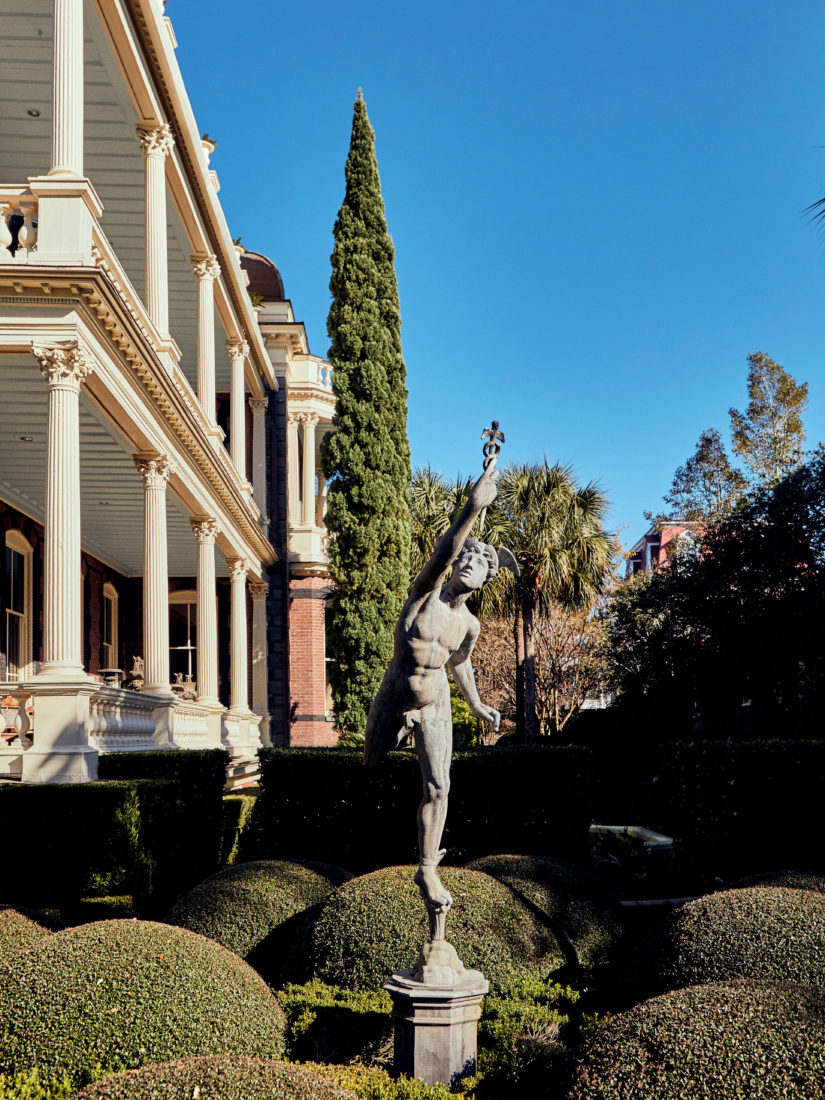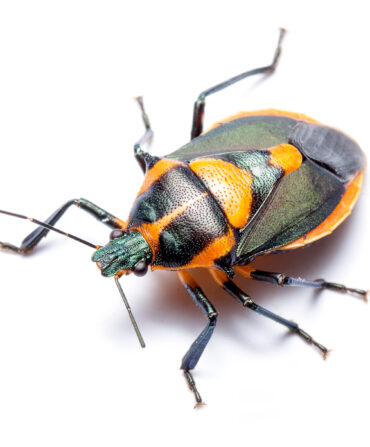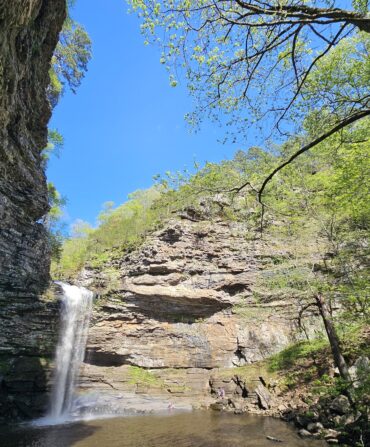Two decades ago, the late Charleston matriarch and consummate storyteller Emily Whaley decided to publish a small book of horticultural advice. The book’s scope quickly expanded, weaving together tales of rural life, foxhunting, ballroom dancing, bridge playing, custard making, and, yes, plenty of garden pointers, such as not overdoing the sculptures: “There’s such a thing as too many dancing girls!” Little did she know that Mrs. Whaley and Her Charleston Garden would inspire fans far and wide to come knocking at 58 Church Street for a glimpse of her alternately blooming tulips, azaleas, and camellias. And they still do. Today the garden is lovingly maintained by Whaley’s daughter Marty Whaley Adams Cornwell, and you can let yourself in. The sign on the gate instructs visitors to slip a small donation through the mail slot, on the honor system.
The best seller made Whaley’s 30-by-110-foot plot one of the most famous private gardens in the country, but rubbernecking has long been a local pastime in a city where fountains burble behind wrought-iron fences, mossy statuary rises from boxwood mazes, and the eye-level windows of colonial parlors invite surreptitious glances. In March, you can get much more than a glimpse during the Festival of Homes & Gardens, offered through Historic Charleston Foundation. But many of the city’s historic venues are open to the public year-round, a gateway to Charleston’s living past. In recent years especially, there’s been a greater commitment by many of them to present a fuller, more powerful picture of that past.
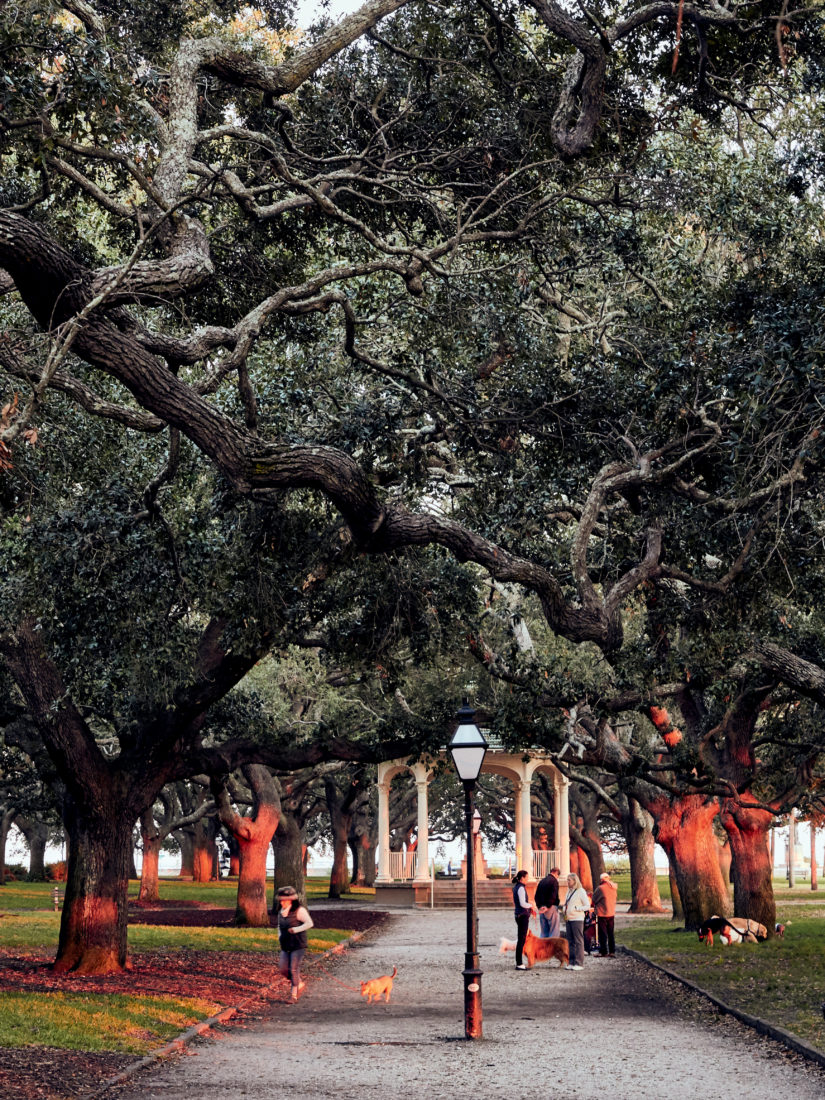
A must for any first-time visitor to the city is a stop at White Point Garden, which flanks the waterfront at the southern tip of the Charleston peninsula, as it has for centuries. A labyrinth of mature evergreen live oaks doubles as a night heron rookery, so if you encounter a wobbly juvenile along the park’s oyster-shell pathways come summer, give it a wide berth and keep your dog on leash. From there, a grand promenade of antebellum houses lines the Battery, an artillery defense during the Civil War. Take in the view from the second-floor veranda of the Edmondston-Alston House: white balustrades, palm fronds, a glimmering harbor, and sky.
Directly across from the Charleston Library Society on King Street lies a somewhat secret passageway: Walk through the gate and follow the lush and shady alley to the hauntingly romantic Unitarian Churchyard, equal parts garden and cemetery. Veils of Spanish moss drape from crape myrtle amid nineteenth-century gravestones overflowing with crinum lilies and ivy. Peek inside the church if it’s open to gape at the fan-vaulted ceiling.
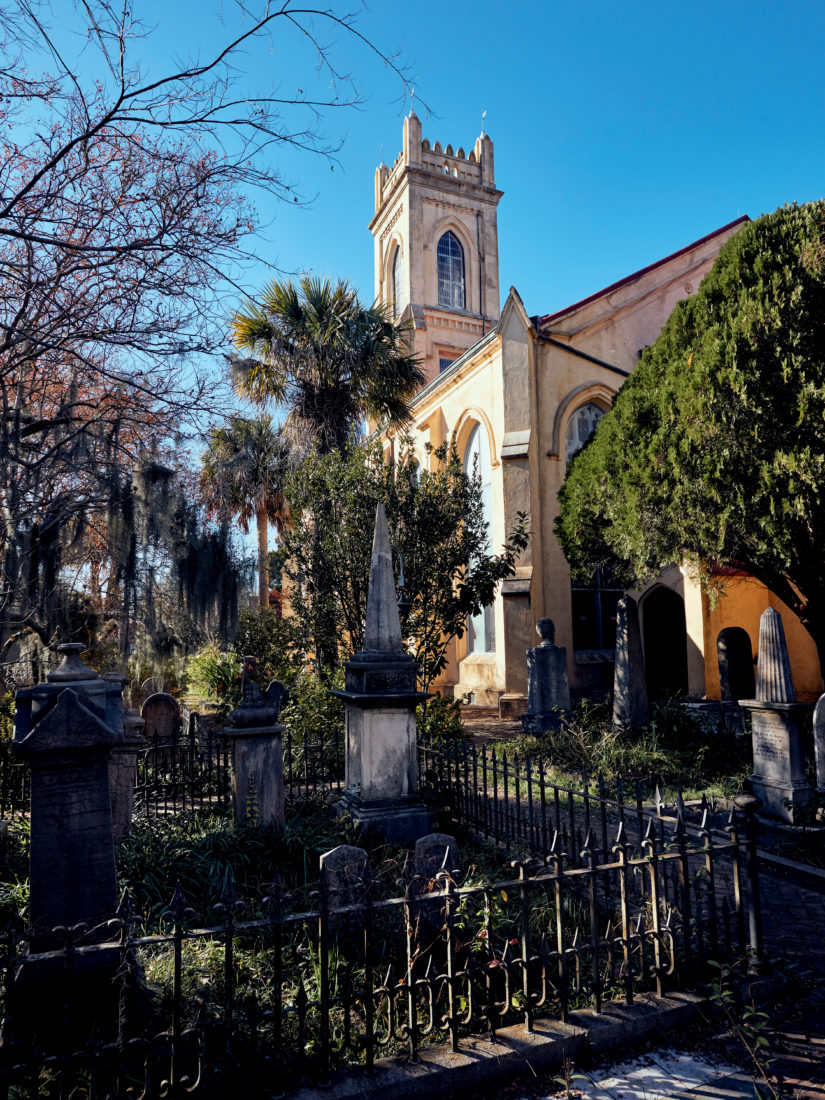
Monogrammed ironwork on the Nathaniel Russell House indicates that the 1808 home was built to impress, as do its towering magnolias and gardens of ginger lilies and satsuma trees. A self-guided audio tour allows you to linger over the custom bird-and-butterfly-patterned dinnerware, the jaw-dropping three-story cantilevered staircase, and the twenty-two-karat-gold-leaf cornice in the drawing room. Meanwhile, ongoing excavations in the rear kitchen house have already yielded significant clues to the ever-expanding narrative of the eighteen enslaved residents who once lived here, including sewing pins, seeds, and a crystal talisman hidden beneath a floorboard, reminiscent of West African tradition.
In an inverse approach to the typical house tour, visitors to the lime-washed yellow ocher 1820 Aiken-Rhett House begin by migrating through damp cellar confines and cramped outbuildings for a sobering perspective before continuing upstairs through grand faded parlors, breezy piazzas, and a European-style gallery. The emphasis here is preservation, not restoration, with the property frozen in time in all its bare-boned testimony.
To learn more about Charleston’s ornate decorative ironwork, head to the Philip Simmons Foundation, housed in the low-slung cottage of the late African American master blacksmith, who was born in 1912. Out back, past a loquat tree, Simmons’s nephew Carlton Simmons carries on the tradition. Watch him as he stokes fire and shapes red-hot iron, then leave with a map detailing the locations of his uncle’s tightly curled creations around town.
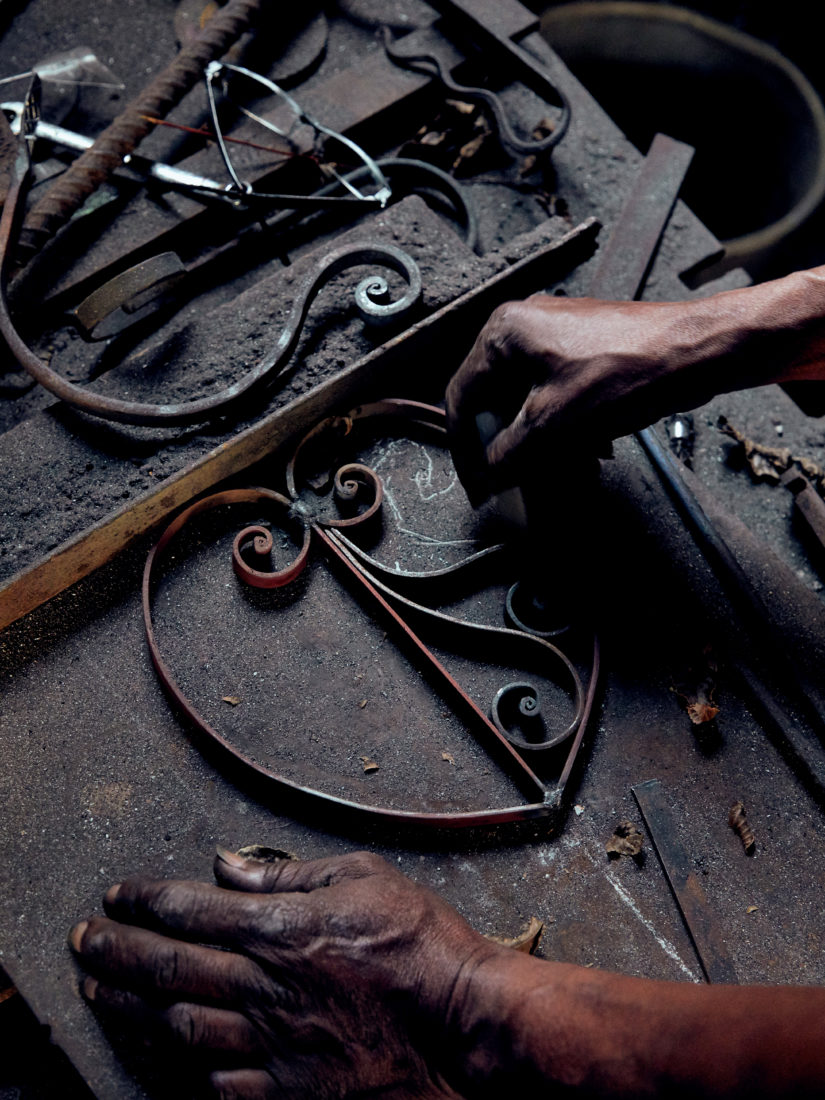
Just across the Ashley River, McLeod Plantation Historic Site was recently recognized by the International Coalition of Sites of Conscience for its boldly transparent and deeply informative tours depicting life on the former Sea Island cotton plantation. Adjacent to the main house with its pristine white columns and imposing oak allée, an intact row of clapboard cabins that once housed enslaved residents honors the ghosts of Charleston’s not-so-distant past (in fact, a descendant lived in one of the cabins, with no plumbing, until 1990).
Slightly farther afield sit a trio of neighboring plantations fifteen miles west of downtown. You can go alligator spotting at the famous terraced “butterfly lakes” of Middleton Place, then wander through formal gardens among ancient trees, statuary, and a roaming pack of resident Gulf Coast sheep. Stroll through Magnolia Plantation and Gardens’ camellia pathways over bridges reflected in blackwater ponds. And last but not least, feel the floorboards of Drayton Hall creak underfoot as you imagine a craftsman hand carving designs into the wet plaster ceiling of planter John Drayton’s circa-1750 Georgian Palladian home. From the remnant fingerprints of enslaved laborers on handmade bricks to Drayton family “growth chart” markings on an interior wall, the property continues to speak, in all its complexities, from past to present.
